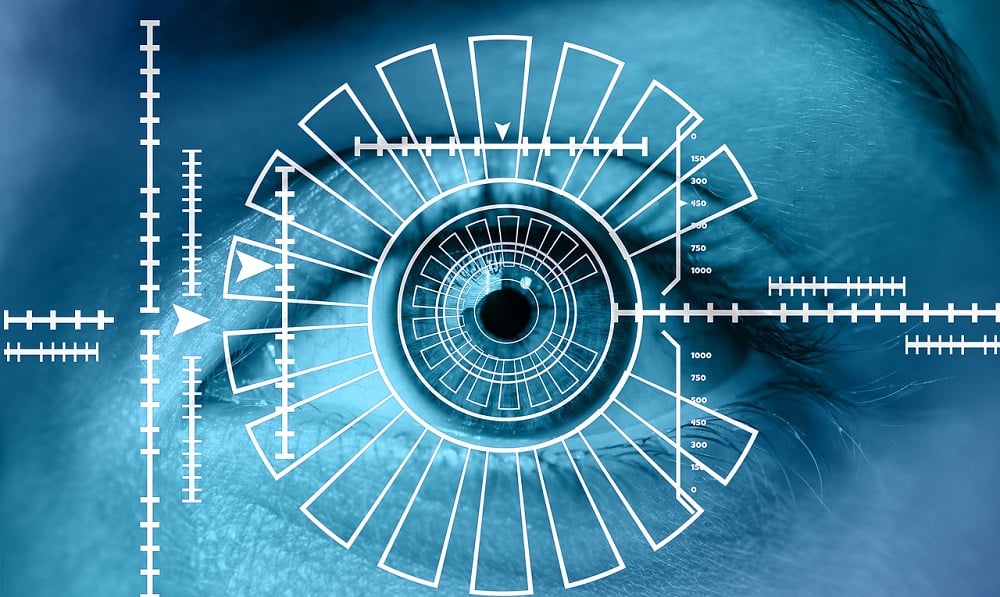40% of Organizations Will Adopt Biometric SaaS Authentication by 2022, Gartner Predicts

The ‘bring-your-own-device to work’ trend has made traditional security methods appear obsolete. It seems the good old-fashioned password authentication or code received via text on a smartphone can’t cut it anymore. Multi-factor authentication and biometric security appear to be the answer for now for both organizations and consumers.
The trust in biometrics to enhance security and authorize access has generated high market demand and a fast adoption rate. Not only is this unique security feature reportedly sweeping popular phones and apps such as WhatsApp, but its adoption is rapidly spreading across the business space to prevent fraud and confirm identity.
By 2022, the global adoption of mobile biometric verification for smartphone applications in the workspace will rise 70 percent for companies already deploying this type of access for their employees, a whopping acceleration from last year’s figure of barely 5 percent, Gartner analysts predicted in the report “Predicts 2019: Identity and Access Management.”
The technology company argues reduced costs and enhanced user experience are the key interest drivers for security and risk management executives looking for time-effective and convenient alternatives to confirm identity and prevent fraud in their companies’ networks.
“Security and risk management leaders responsible for identity and access management (IAM) and fraud prevention continue to seek approaches for identity corroboration that balance trust and accountability against total cost of ownership and UX/CX,” said Ant Allan, research vice president at Gartner.
“Biometric authentication uses biological or behavioral traits unique to each person and offers better UX/CX and accountability than other common methods. Implementing this via smartphone apps provides more consistency in UX/CX and is technically simpler than supporting it directly on a variety of different endpoint devices.”
Gartner analysts estimate some 40 percent of midsize and large businesses will have deployed biometric software-as-a-service (SaaS) authentication by 2022, slowly making the transition to cloud and mobile architectures. As interest in biometric (SaaS) authentication grows, Gartner analysts warn that it is better to play it safe and focus on “liveness testing,” as tools already available in phones could be susceptible to spoofing attacks.
“Based on our client interactions, most SaaS-delivered IAM purchases are for access management and lightweight identity governance and administration functionality, such as single sign-on. These offerings provide excellent connectivity and include solid access management and password management features,” explained Abhyuday Data, associate research principal analyst at Gartner. “B2B and B2C are the most established use cases with matured access management capabilities.”
tags
Author

From a young age, Luana knew she wanted to become a writer. After having addressed topics such as NFC, startups, and tech innovation, she has now shifted focus to internet security, with a keen interest in smart homes and IoT threats. Luana is a supporter of women in tech and has a passion for entrepreneurship, technology, and startup culture.
View all postsRight now Top posts
FOLLOW US ON SOCIAL MEDIA
SUBSCRIBE TO OUR NEWSLETTER
Don’t miss out on exclusive content and exciting announcements!
You might also like
Bookmarks










